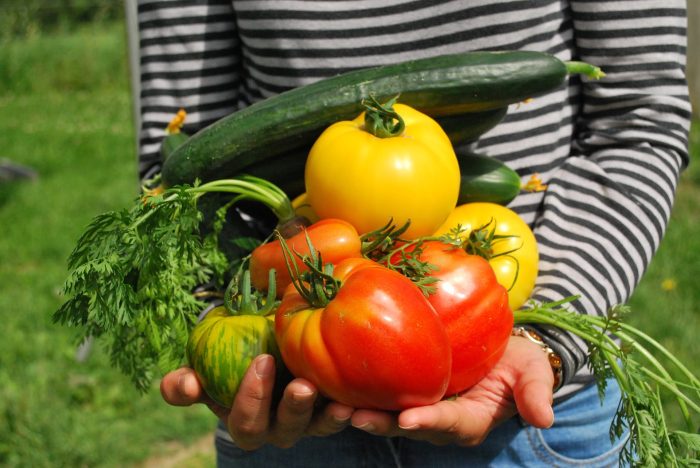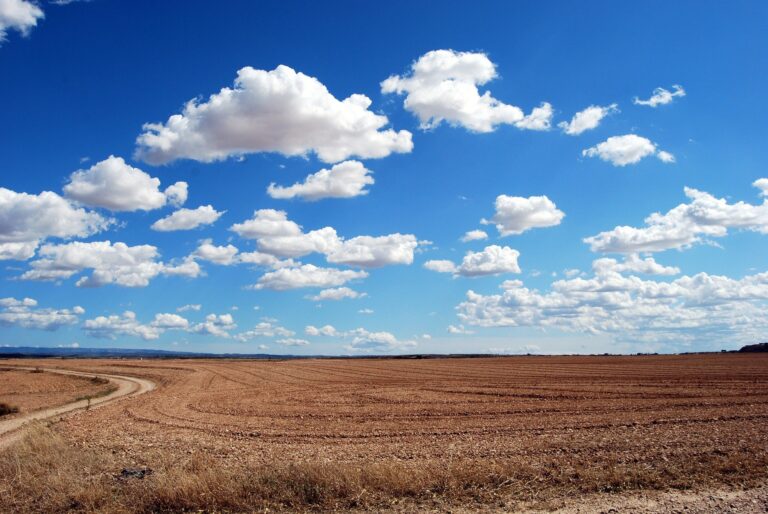What Is The Best Fertilizer For Tomatoes and Peppers?
While almost everything is better homegrown, tomatoes are the best of the best! While this is partially due to the varieties of tomatoes which are grown for stores – ones which were bred to withstand mechanical harvesting, but sacrificed flavor – part of it is the growing environment.
Every plant needs nutrients, but which fertilizer makes for the big tomatoes bursting with flavor and giant peppers you’ll be proud to say you grew yourself? The answer is: fish!
Fish Fertilizer For Tomatoes & Peppers
Ask almost any gardener and they’ll tell you that fish is the best fertilizer for tomatoes and peppers. While you can, of course, use some fish guts if you are a fisherman, the easiest method is to buy fish emulsion concentrate.
While this fertilizer will work well for the majority of indoor and outdoor plants, it works especially well for tomatoes and peppers. It’s also extremely easy to use and it won’t burn your plants, making it a beginner gardener’s secret weapon for a growing a killer home vegetable garden.
It is, to be honest, a rather gross mixture of miscellaneous, boiled down fish bits which does not smell the best, but it works, and it is all natural – making it a great choice for the organic gardener! Alaskan fish fertilizer is the most popular choice, but there are a variety of brands out there.
Benefits of Fish Emulsion
- Mild – won’t burn plants
- Organic
- Cheap or can be made yourself
- Easy to apply
- Works for all stages of plant growth
- Made from trash fish parts – reduces waste
- Good for your lawn too!
How To Use Fish Emulsion In The Garden
Fish emulsion is sold in a concentrated form. This means you should always dilute it with water before using it. While it’s hard to damage plants with it, it’s not impossible. So, make sure you are using it properly.
The amount of emulsion you should use depends on the plant (see the chart below for more on that.) Once you’ve determined the proper amount, mix it up in a spray bottle and you can apply it directly to the leaves of your plant, or you can also pour it around the plant’s base. A good watering after application can help the plants to absorb the nutrients.
Alaska Fish Fertilizer Feeding Chart
Use the below chart to estimate how much fish emulsion to give your plants and how often. Only feed them during their growing season (even indoor plants) and water them directly after feeding for better absorption.
| Annuals, Veggies, and Bulbs | 2 TBSP per Gallon | Every 3-4 Weeks of Season |
| Shrubs, Berries, and Perennials | 3 TBSP per Gallon | Every 3-4 Weeks of Season |
| Root Vegetables, Herbs, Outdoor Container Plants | 1 TBSP per Gallon | Every 3-4 Weeks of Season |
| Large Indoor Plants | 2 TSP per Quart | Every 10-14 Days of Season |
| Small Indoor and Flowering Plants | 1 TSP per Quart | Every 10-14 Days of Season |
| Transplanting Seedlings To Garden | 1 TSP per Gallon | First Application |
Can You Make Your Own Fish Emulsion?
Catch and eat a lot of fish? Maybe you have a home aquaponics setup? If so, you can reduce waste by utilizing those fish parts and turning them into nutrient rich emulsion for your plants which can’t be grown hydroponically. Although it is a bit stinkier than the pre-bottled stuff.
Materials Needed
- Fish parts (Whole, guts, or whatever.)
- Sawdust
- unsulfured molassess
- water
- 5 gallon bucket (with lid)
- Screen for straining
Start by filling up your 5 gallon bucket halfway with an equal mix of fish and sawdust. Add in a cup of your molasses (make sure it’s the kind with no additives), and then cover the ingredients with water.
Mix everything until it is combined, and then seal the bucket. Poke a few holes into the lid so that you’ll have some airflow going and then wait.
Everyday for two weeks, mix up your fishy bucket concoction using a paint stirrer or shovel. One that’s done, you can screen the liquid into a bottle and you can store it for later use. The solids can be added back to the bucket and you can repeat the process to make more emulsion if you wish.

Bob learned about farming from his grand dad. So, the decision to leave the city and start homesteading was not a difficult transition. He now lives with his wife and two kids on their 30 acre property in Ohio.





